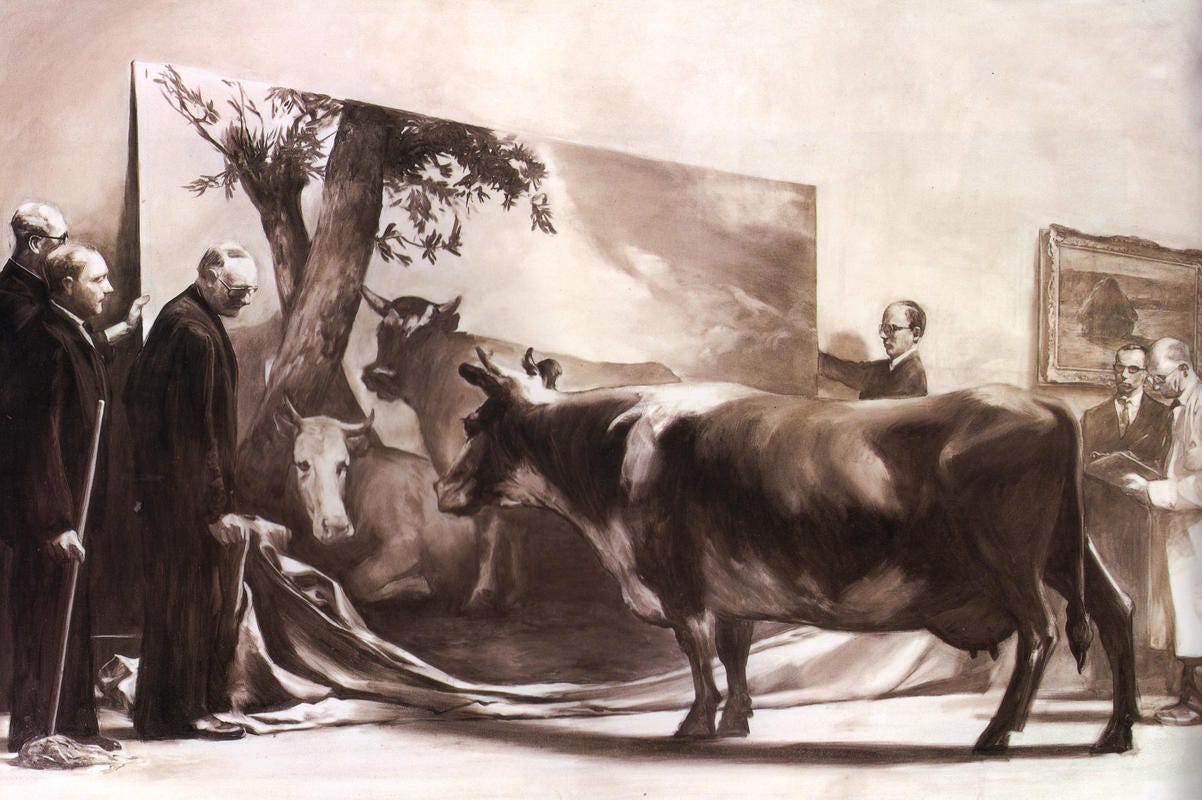If you watch Netflix dating shows, you’ll hear certain phrases recurring among the contingent that is hesitant to marry. They say things like, “I’m still finding myself,” and, “I need to figure out who I am.”
This is a real state of mind, no doubt. Many people, especially in their twenties, get into this frame of mind. They become introspective and inquisitive about big questions: Who am I? What am I here for? What is this all about?
The mostly 20th century philosophy known now as Existentialism answered this question by reframing it. The questions posed above imply that there is a hidden self, separate from the observable person, and that knowing oneself involves discovering that hidden self, attuning to that self.
Existentialism says that’s all wrong: the answer is quite simple, and it’s right in front of your face: you are who you are. Right now (in these cases), you’re a guy who is hesitating to marry, and who believes there’s a separate self hidden within him—you’re a guy paralyzed by a fake philosophical question, basically.
Now, notice the grammar of the claim, how it mirrors the eternally famous “name of God”: I AM who I AM. Sometimes that’s also translated as, “I AM who I will be.”
The central claim of the existentialists was that, considered ontologically, existence precedes essence. This well-known simplification of the philosophy represented a kind of 180 in the history of thought.
I want to give you a person example that I think will illustrate how significant this reversal can be.
Keep reading with a 7-day free trial
Subscribe to An Altar of Unhewn Stone to keep reading this post and get 7 days of free access to the full post archives.





